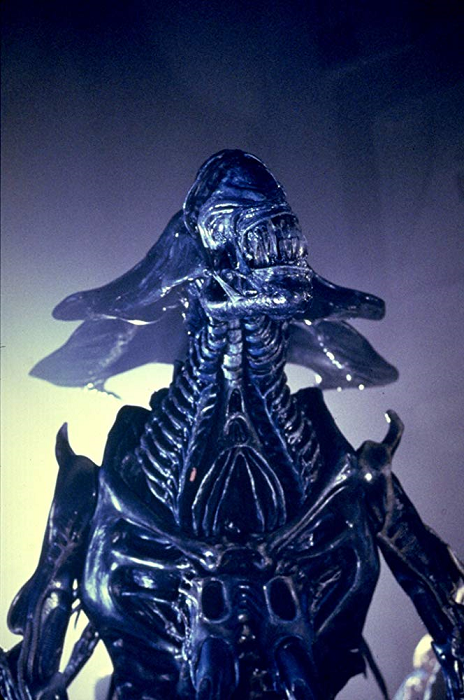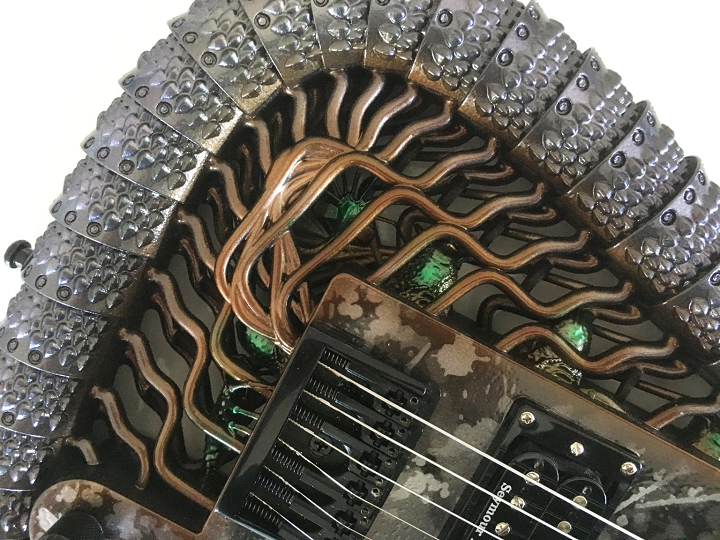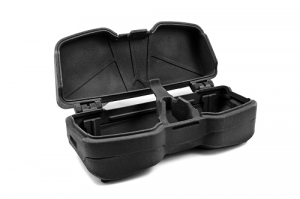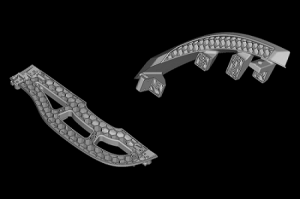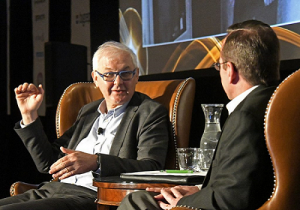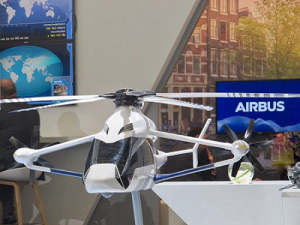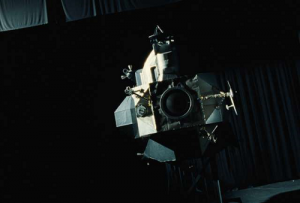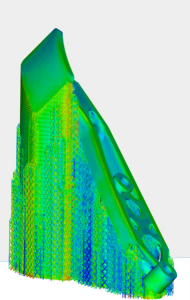“Here’s lookin’ at you, kid.” “Hasta la vista, baby.” “Life is like a box of chocolates.” “Game over, man, game over!” These are all memorable lines from iconic films, though some people may not recognize the last one. This is a line from one of my absolute favorite movies, the 1986 Aliens, and was uttered by Private Hudson, played by Bill Paxton, after (most of) the group narrowly escapes with their lives from a close encounter with the film’s titular creatures.
Needless to say, I was pretty excited about multi-talented Swedish design engineer Olaf Diegel’s latest 3D printed guitar: the Xenomorph, which is what “the Company” dubbed the fully-grown alien life form in the movie.
“Yes, this was a fun little project that really got the creative juices flowing,” Diegel told me in an email.
Formerly a professor at Lund University in Sweden, Diegel is now in charge of the Creative Design and Additive Manufacturing Lab at the University of Auckland in New Zealand, as well as a professor of additive manufacturing and product development. He is also a DfAM expert and loves completing creative 3D printed projects, like a tiny desktop distillery, a Skeletor microphone, a saxophone, and of course, guitars.
Diegel also founded ODD Guitars, which focuses on making, according to the website, “personalisable, customisable guitars that explore the limits of 3D printing technologies and applications.” ODD uses Selective Laser Sintering (SLS) technology to make its guitars, and finishes the instruments with top quality off-the-shelf hardware.
ODD makes all kinds of guitars – there’s a Steampunk one, the Spider, American Grafitti, Beatlemania, and now the Xenomorph. I told Diegel how much I love the Alien franchise, and asked if he could tell me a little more about the making of his Alien-themed guitar.
“It started way back, about 3 years ago, when Fredrik Thordendal, from Swedish extreme metal band Meshuggah, suggested the idea of designing a biomechanical inspired guitar. And I also had a friend in the robotics field who had a lot of biomechanical tattoos, so those got me started on the guitar,” Diegel told me. “But other projects got in the way and I forgot about it until around 3 months ago, and picked the project up again, but that’s when it got morphed somewhere between a biomechanical and an Alien themed guitar which, indeed, were awesome movies…”
Diegel used mostly SOLIDWORKS, with “a bit of help from Meshmixer,” to sculpt some of the guitar’s more organic parts. He got some of the “rough details and proportions” for these parts from different Thingiverse models.
In response to a question from one of his LinkedIn followers, he said, “I did a very rough crude shape of the head and teeth, mainly trying to get the head carapace right in Solidworks and exported that as an STL, and then had to modify and massage the STL a whole heap in Meshmixer to make it look like the Alien.”
Then, he put it all together in Materialise Magics so he could merge all of the individual STL files into a single file. The body of the Xenomorph guitar was 3D printed in white nylon by i.materialise in Belgium, and its neck is a high-quality Warmoth maple neck, with a rosewood Fretboard, and a machined maple inner core that joins it to the bridge. The hardware includes Seymour Duncan hot-rodded humbuckers, a Schaller bridge and guitar strap locks, and Gotoh tuners, all in black for a good Alien vibe.
Diegel received the guitar back from Belgium right before Christmas, so he took advantage of the holidays to begin priming, sanding, and painting it.
“When I got to the colour, I started it off with ‘Hammerite’ paint, to give it almost the ‘worn’ grey metallic look of the spaceships in the Alien movies. But I then thought it needed a bit more colour to highlight the Alien bits, so took it to Ron Van Dam, the NZ airbrush artist who does the ‘fancy’ paint jobs on most of my guitars. He did an awesome job at giving it just the touch of colour it needed, as well as the glistening clearcoat that mimics the sliminess of the Alien Xenomorph,” Diegel told me.
He’s tried it out, and the 3D printed Xenomorph guitar “plays and sounds awesome.”
“This is guitar number 80, and I have one of each design in my collection, so have sold somewhere around 66 of them, so this is also makes a nice example of using 3D printing for low-volume high-value production,” Diegel said.
Other LinkedIn comments on his original post provide Diegel with some ideas for his next guitar. Harry Potter was one option, but I agree with the second one – a 3D printed Predator guitar, so the two can battle it out.
Discuss this story and other 3D printing topics at 3DPrintBoard.com or share your thoughts in the Facebook comments below.
[Images: Olaf Diegel, ODD Guitars, unless otherwise noted]
The post Olaf Diegel’s Latest 3D Printed Guitar, the Xenomorph appeared first on 3DPrint.com | The Voice of 3D Printing / Additive Manufacturing.

